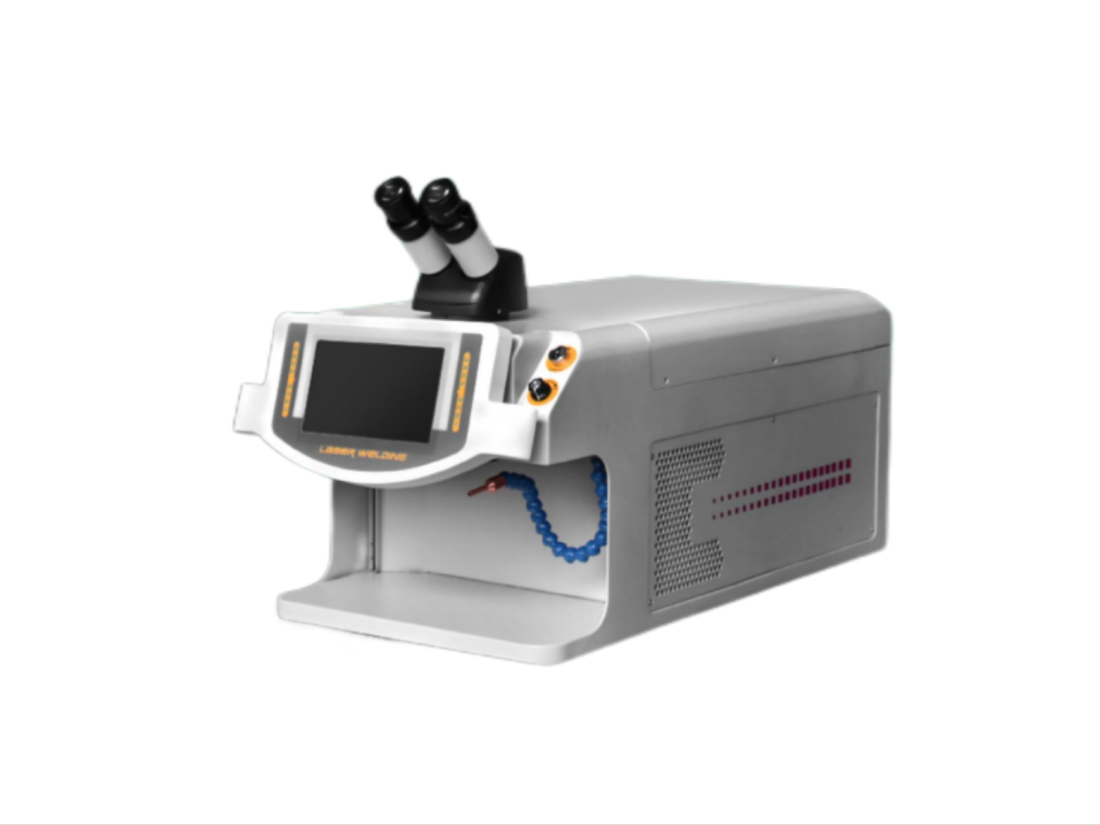- No.609, Centre Of Huijin Nanxiang, Yinxiang Road, Nanxiang Town, Jiading District, Shanghai, China
- sherry@sanmachines.com
- +86-18616767021
Market Analysis of Laser Mold Welding Machines in 2025!
The global laser mold welding machine market is projected to witness steady growth by 2025, driven by advancements in manufacturing technologies, rising demand for precision tooling, and the expansion of industries such as automotive, aerospace, and consumer electronics. Below is a detailed analysis:
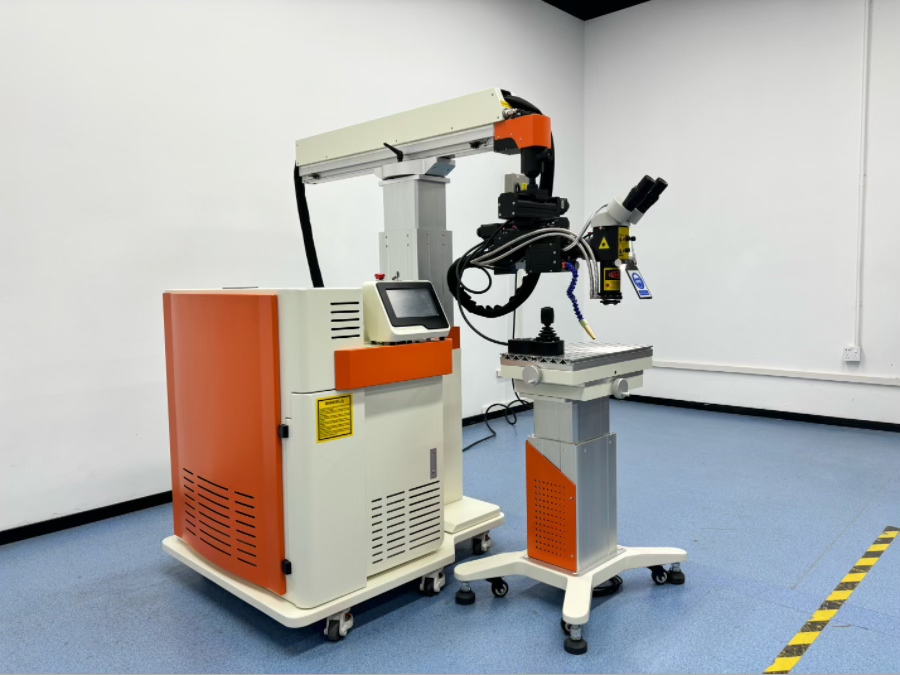
1. Market Size and Growth
CAGR: The market is expected to grow at a compound annual growth rate (CAGR) of 7–9% from 2023 to 2025, reaching a valuation of $1.2–1.5 billion by 2025.
Key Drivers:
Increasing adoption of automation and Industry 4.0 in manufacturing.
Demand for high-precision welding in complex mold repairs and additive manufacturing.
Growth in the automotive sector, particularly for electric vehicle (EV) component production.
Rising use of 3D-printed molds, which require precise laser welding for finishing.
2. Regional Insights
Asia-Pacific: Dominates the market due to rapid industrialization in China, Japan, and South Korea. Government initiatives like "Made in China 2025" and investments in smart manufacturing will fuel demand.
Europe: Strong growth in Germany and Italy, driven by automotive and aerospace industries’ emphasis on lightweight, durable molds.
North America: Steady adoption in the U.S., supported by advancements in laser technology and reshoring of manufacturing activities.
3. Technological Trends
Fiber and Ultrafast Lasers: Increased use of fiber lasers (for energy efficiency) and ultrafast lasers (for micro-welding applications).
AI Integration: AI-powered systems for real-time monitoring, defect detection, and process optimization.
Hybrid Systems: Combining laser welding with other technologies (e.g., arc welding) for enhanced flexibility.
Sustainability: Laser welding’s minimal material waste aligns with global sustainability goals.
4. Industry Challenges
High Initial Costs: Capital-intensive machinery limits adoption among small and medium enterprises (SMEs).
Skill Gaps: Shortage of operators trained in advanced laser systems.
Competition: Pressure from alternative technologies like electron beam welding.
5. Opportunities
Medical and Electronics: Growing demand for micro-molds used in medical devices and microelectronics.
Emerging Markets: Expansion in Southeast Asia, India, and Latin America due to low-cost manufacturing hubs.
After-Sales Services: Revenue opportunities from maintenance, upgrades, and training programs.
6. Competitive Landscape
Key players include:
Trumpf (Germany): Leading in high-power laser systems for industrial applications.
Coherent Corp. (U.S.): Innovating in ultrafast laser technology.
IPG Photonics (U.S.): Dominating fiber laser solutions.
Han’s Laser (China): Expanding globally with cost-competitive offerings.
Strategies such as partnerships, R&D investments, and customization for niche applications will define market leadership.
Conclusion
By 2025, the laser mold welding machine market will thrive on precision manufacturing needs and technological advancements. While cost and skill barriers persist, the shift toward automation, sustainability, and regional manufacturing growth will create robust opportunities. Companies that prioritize innovation and cater to emerging industries are likely to dominate this evolving sector.
Related product links


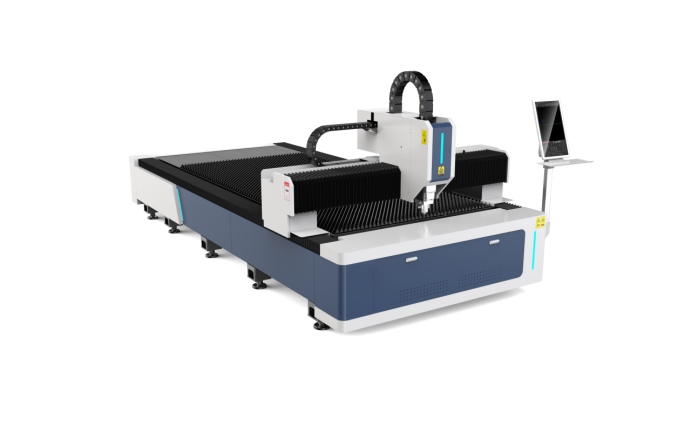
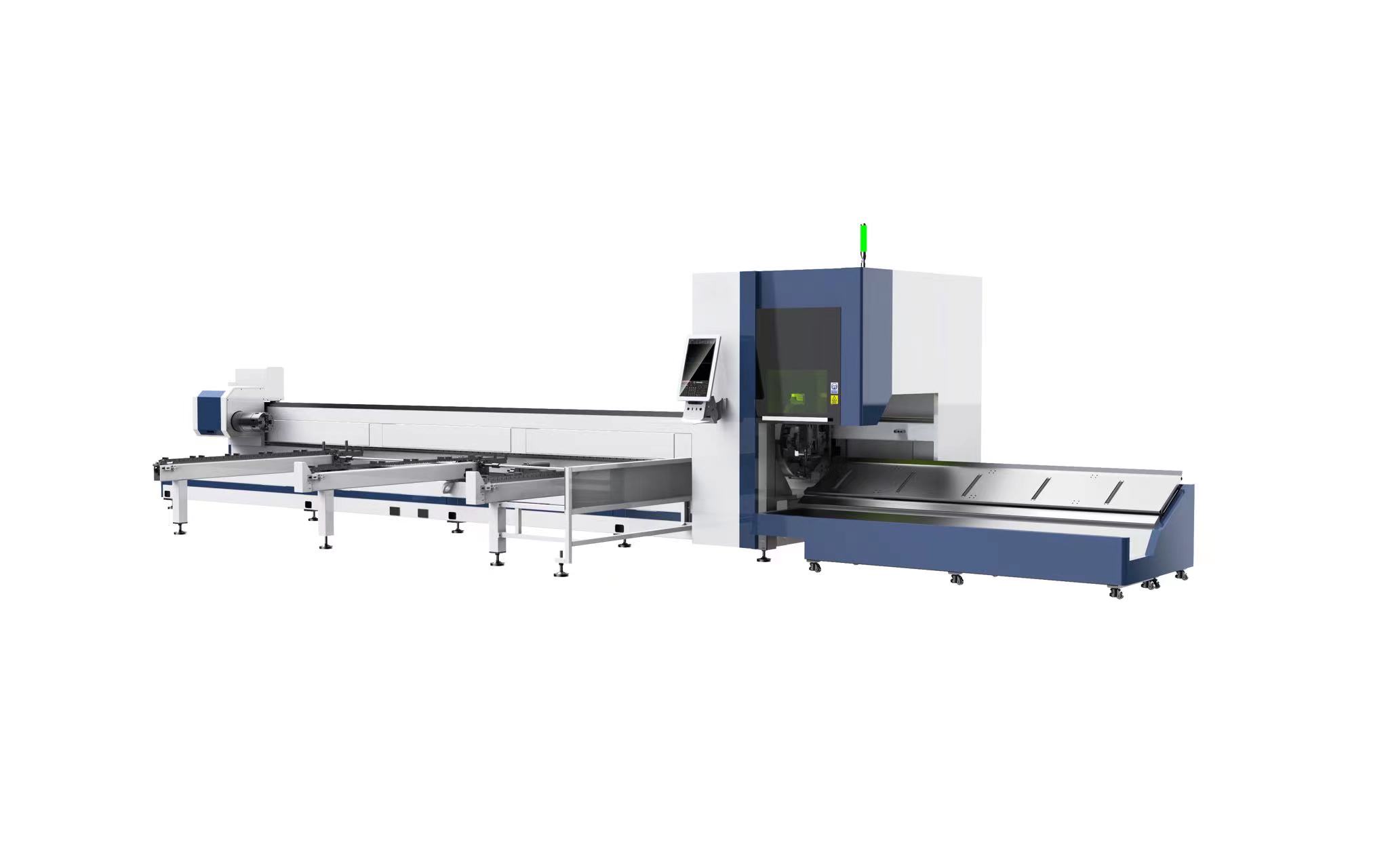
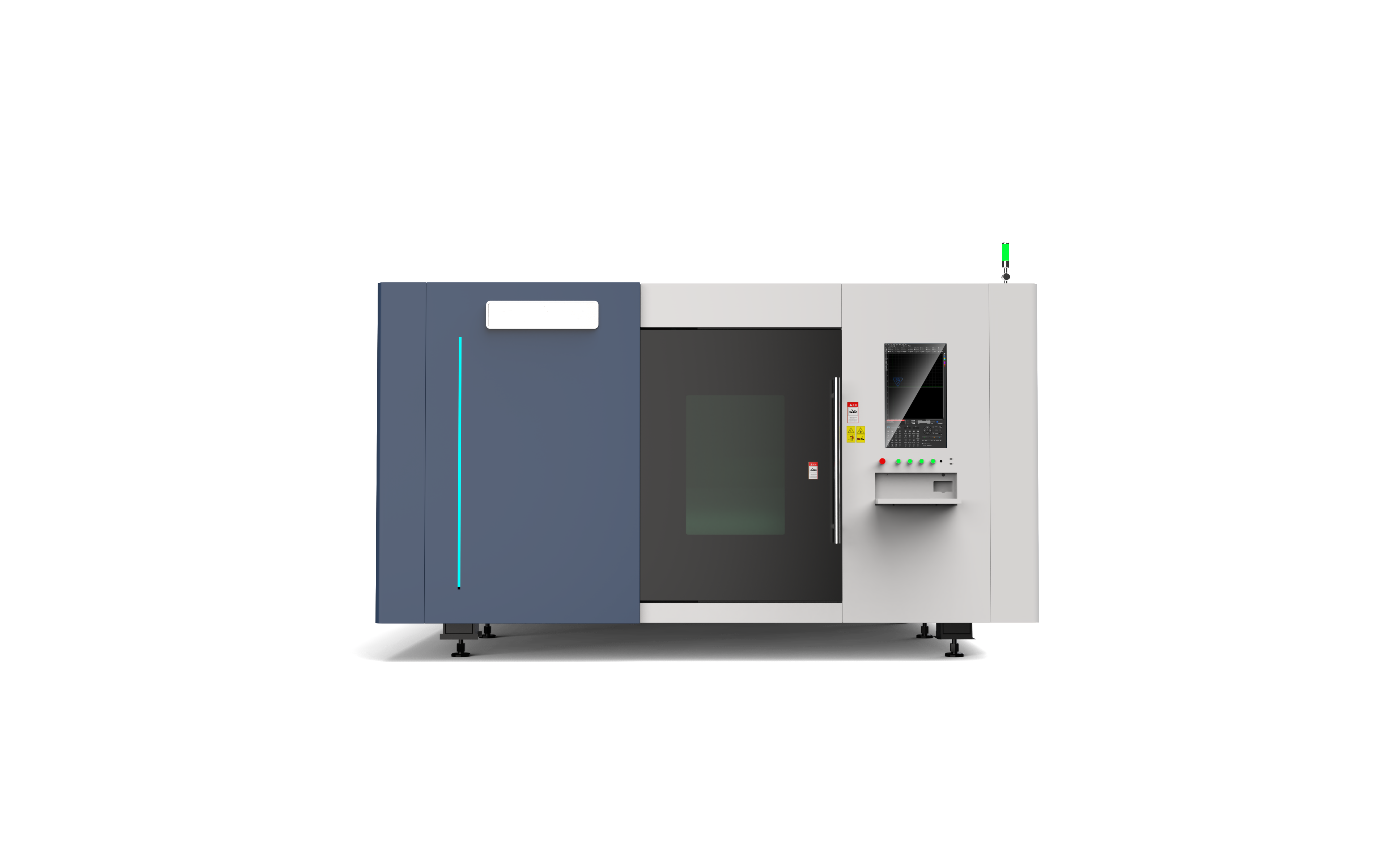
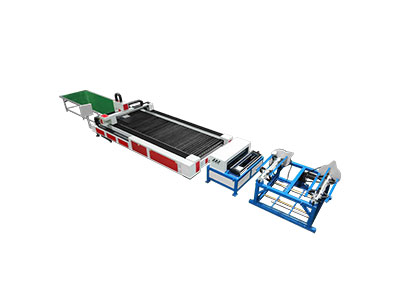
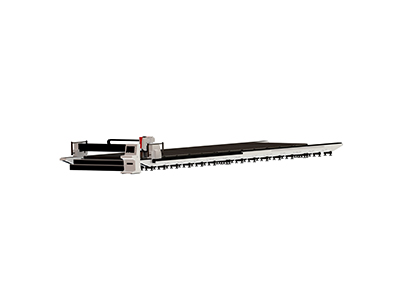
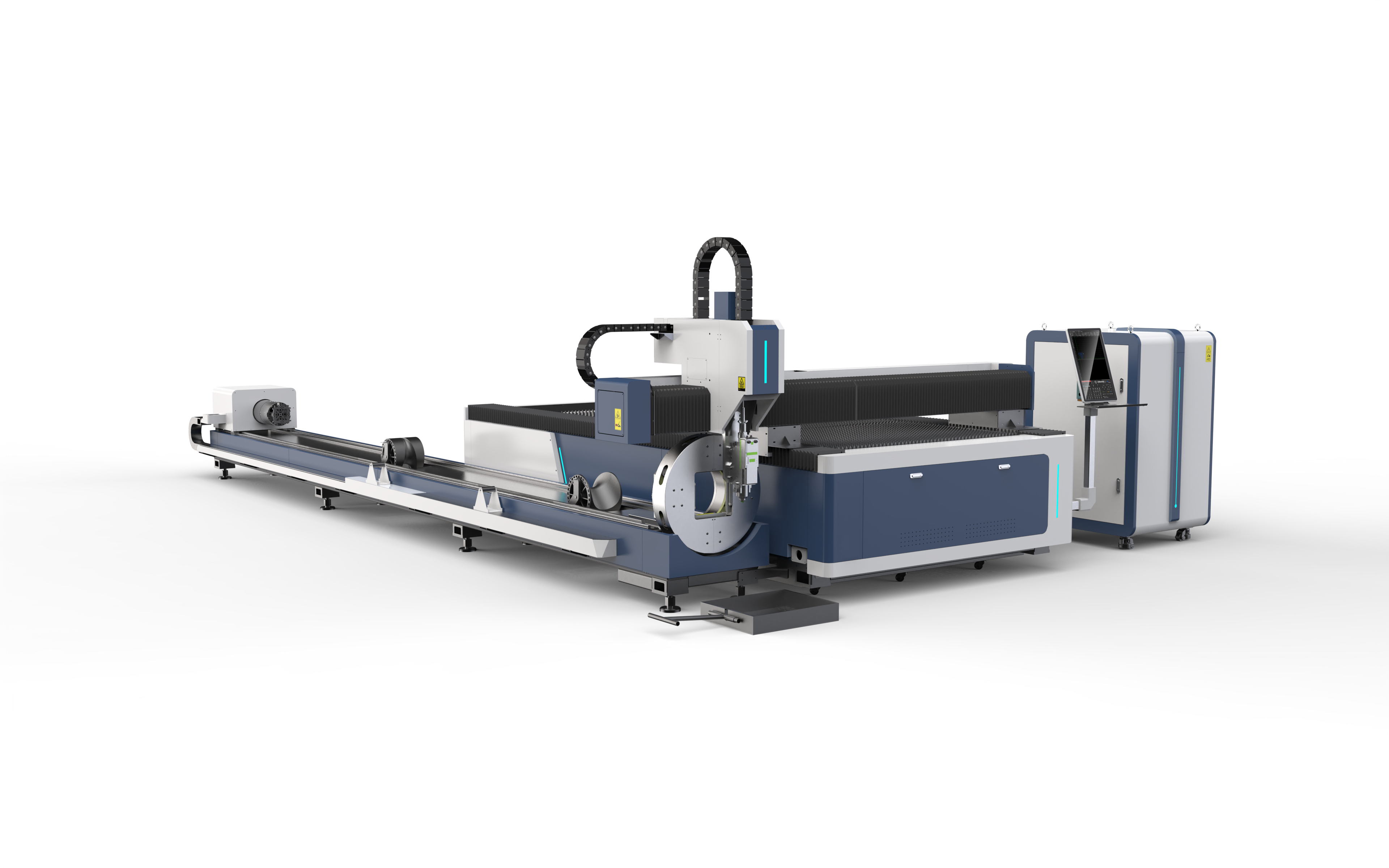
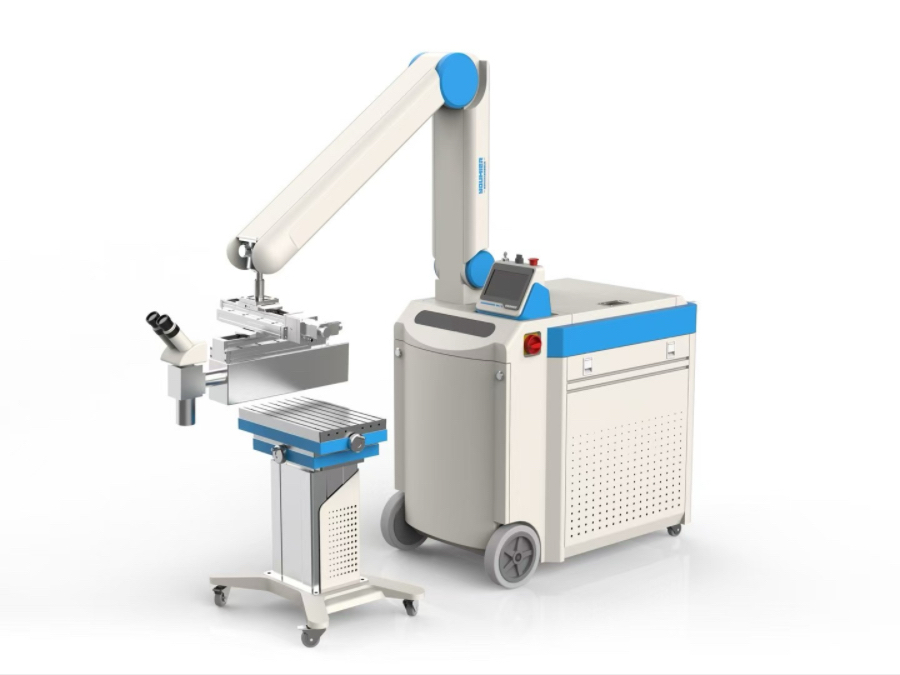
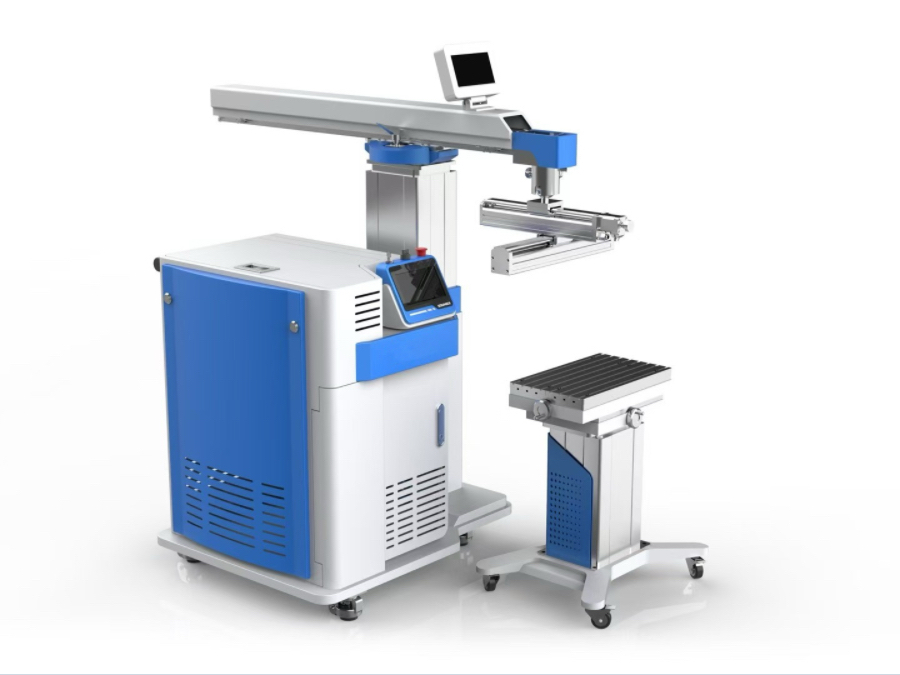
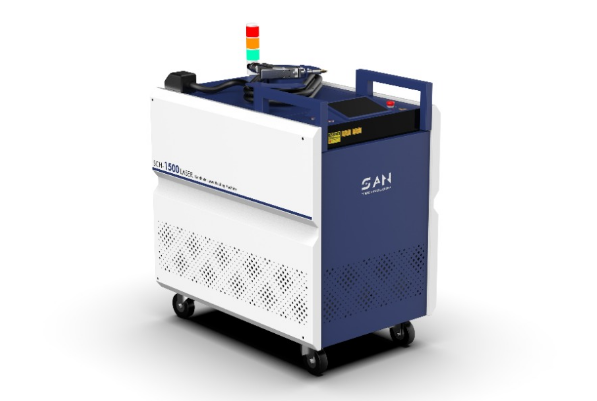
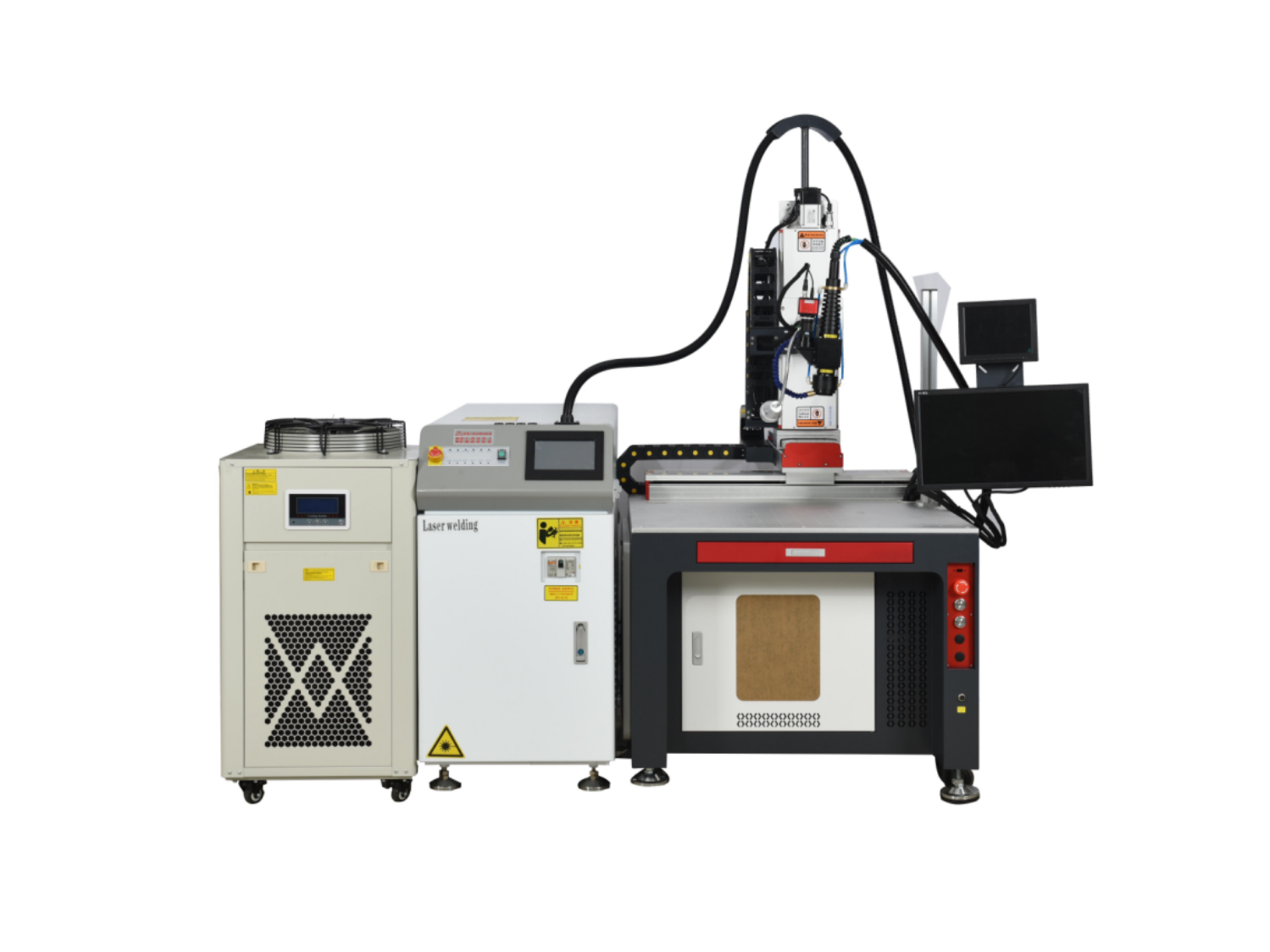
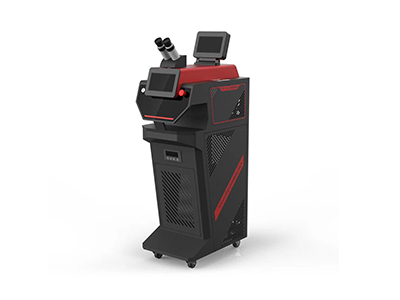

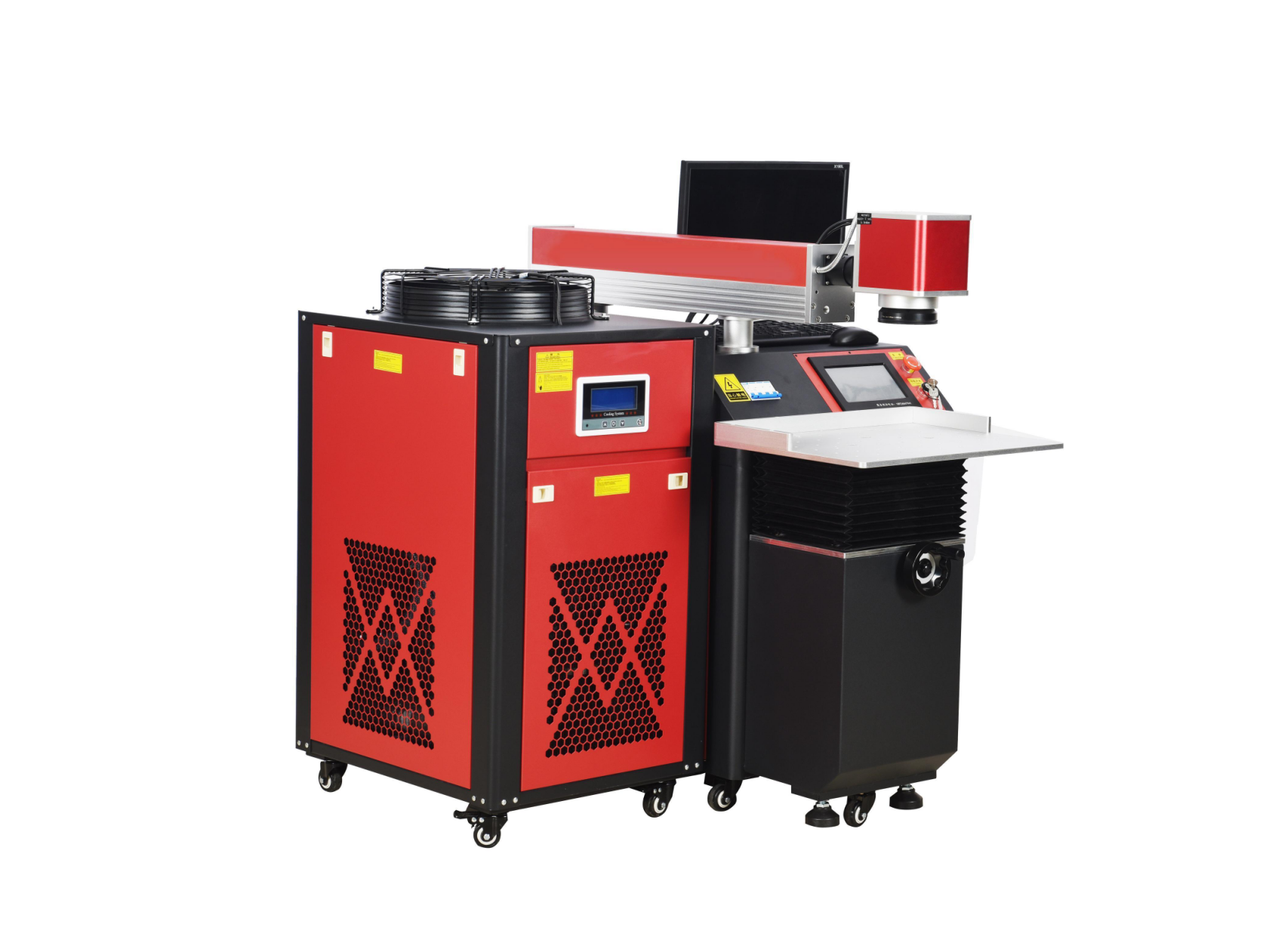
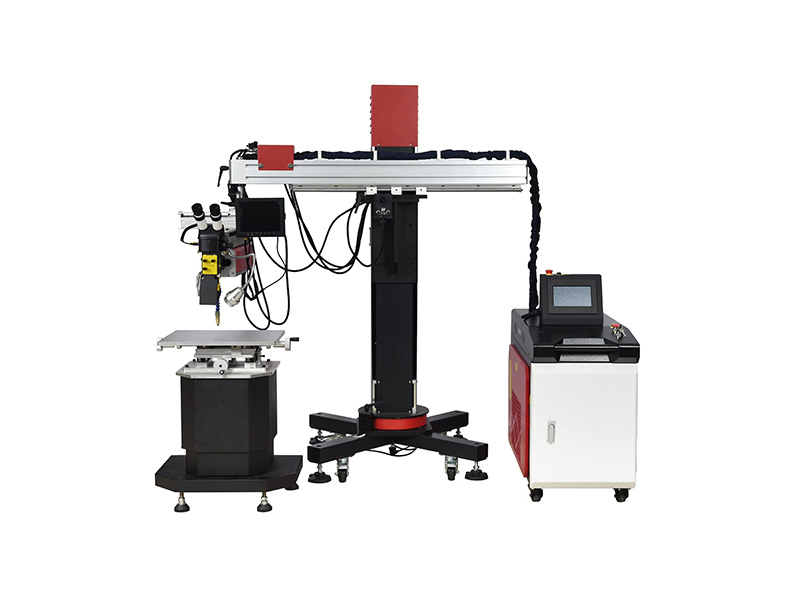
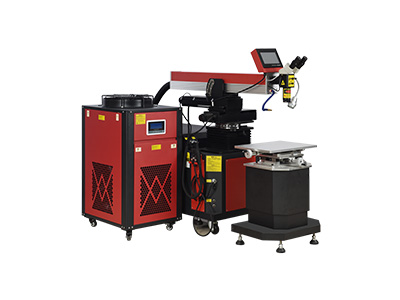
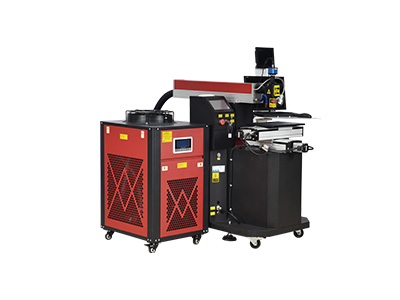
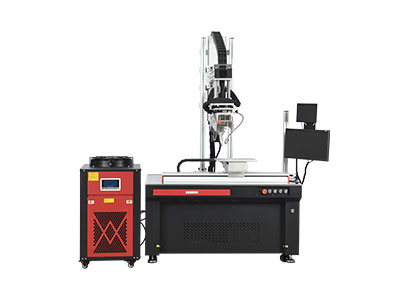
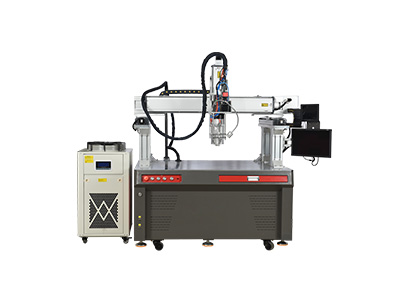
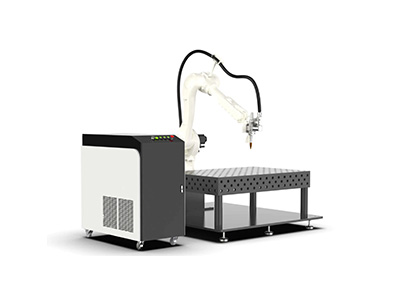
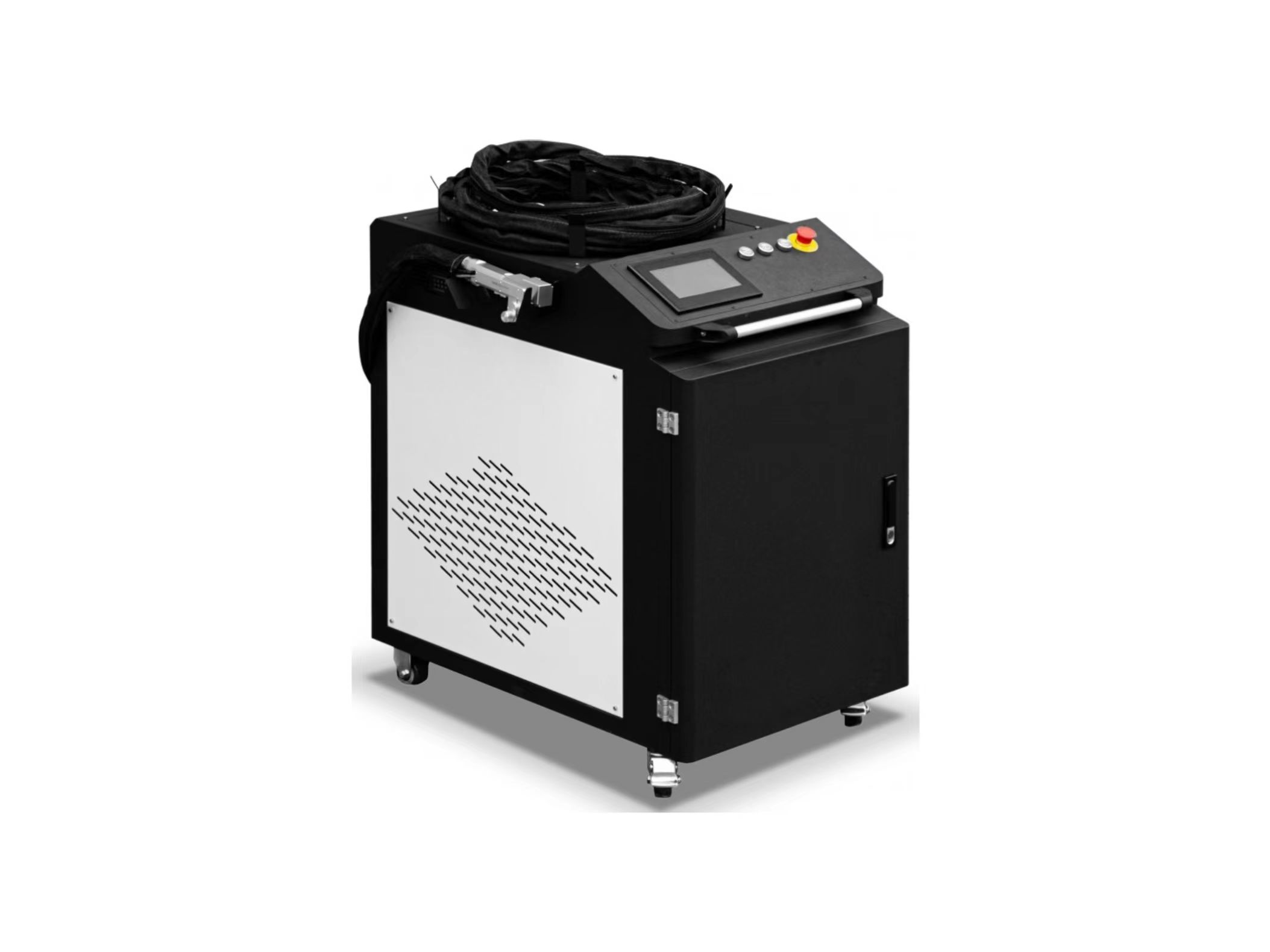
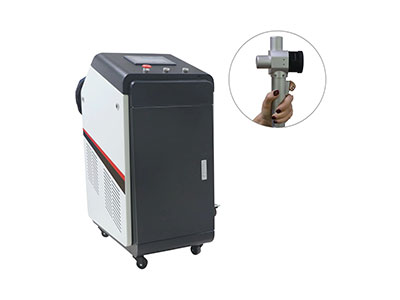
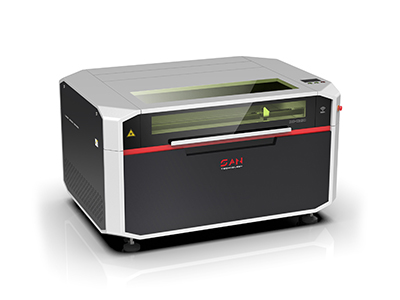
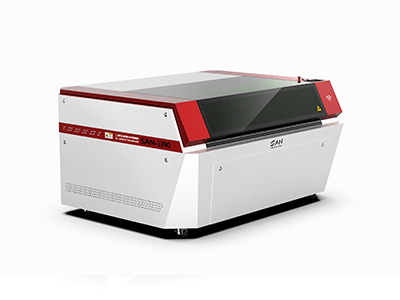
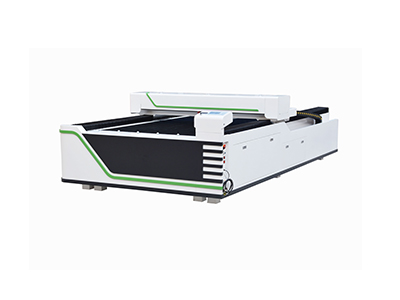
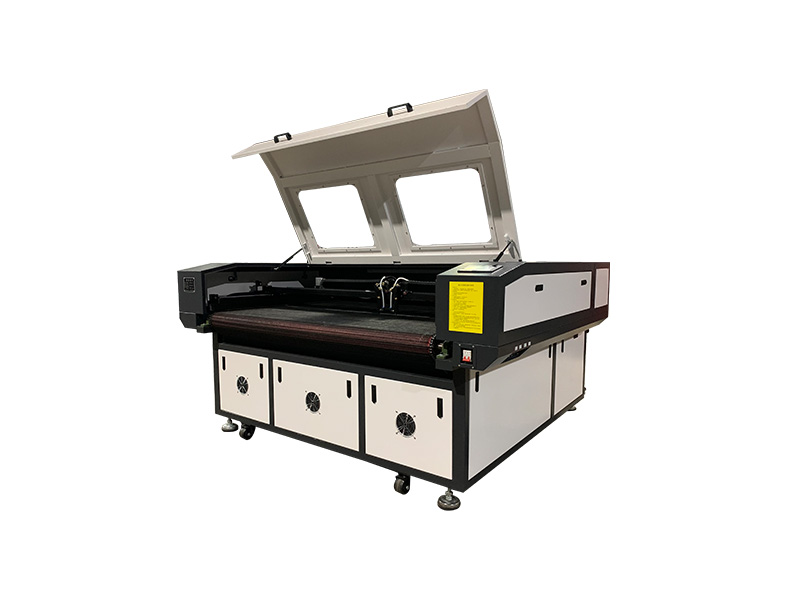
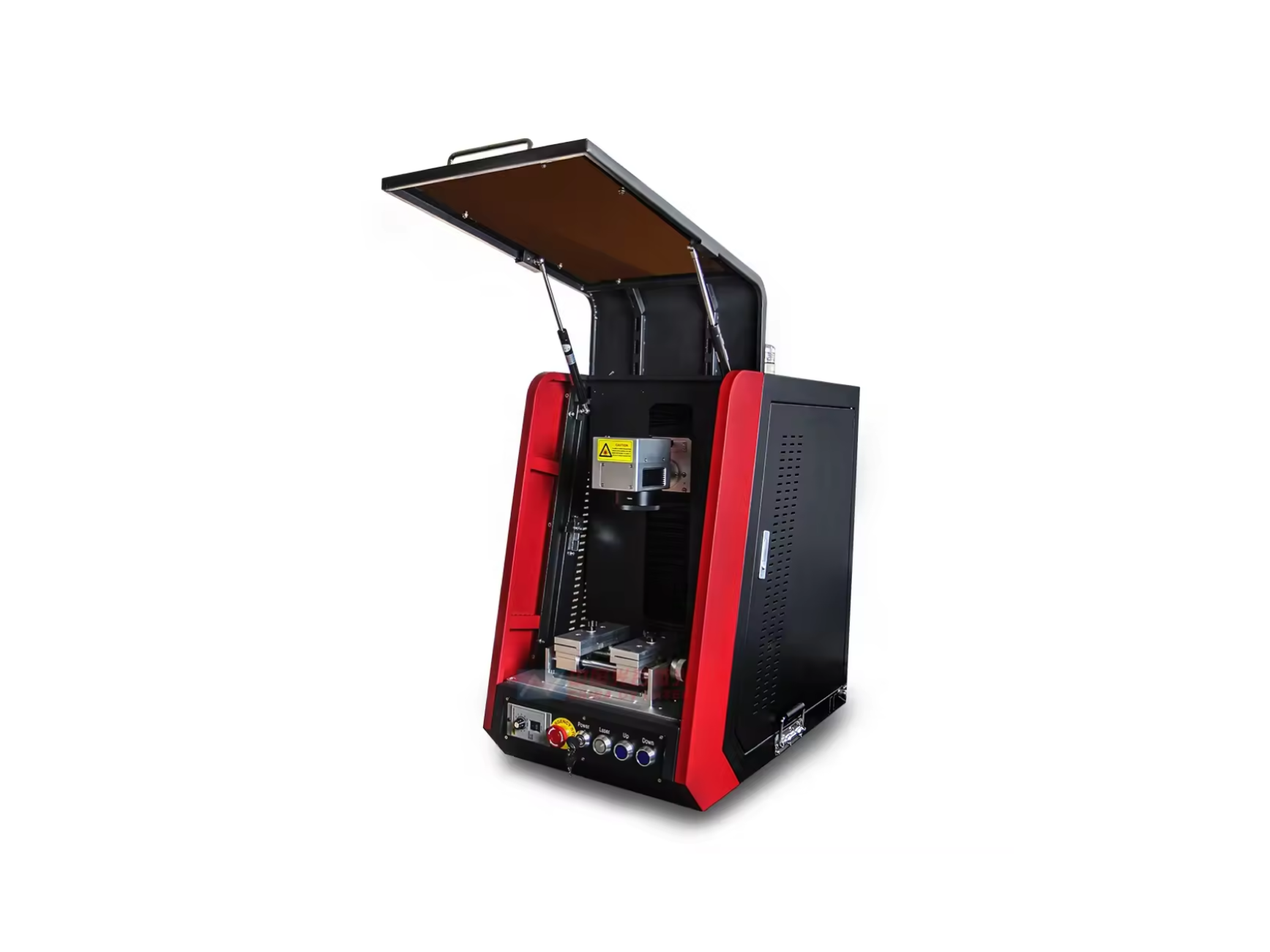
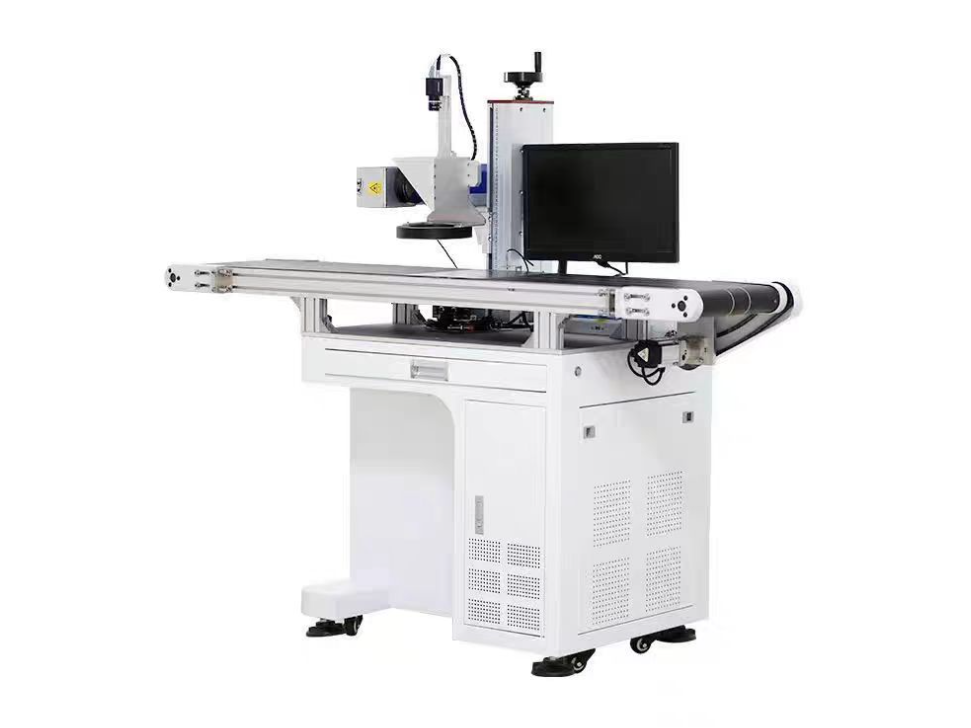
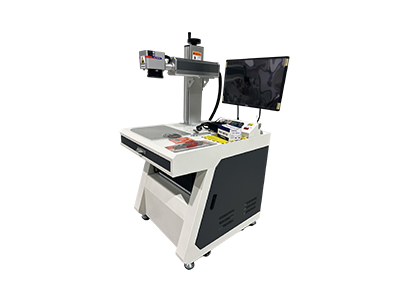
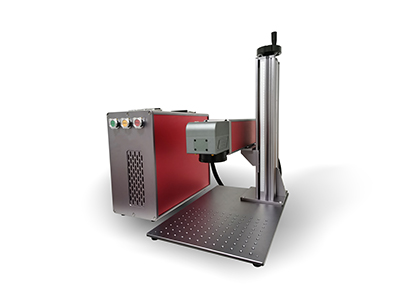
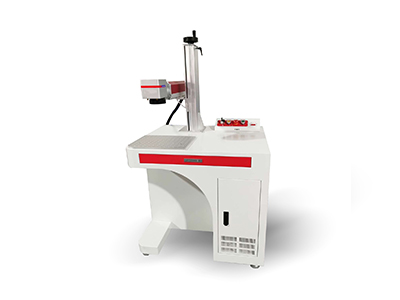
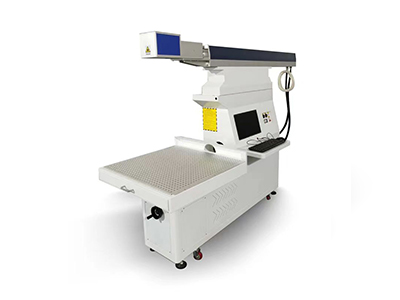
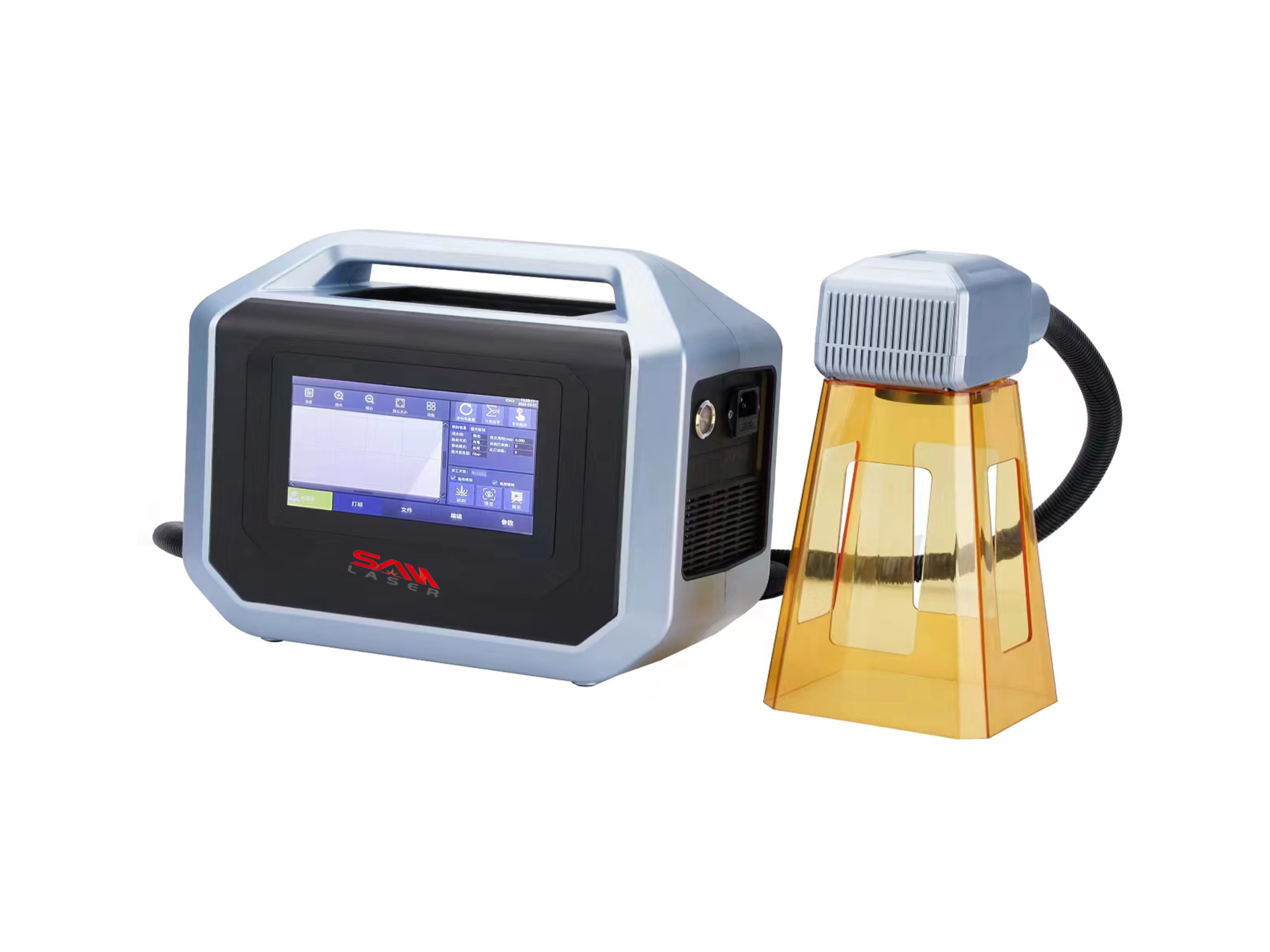
 Welder News
Welder News
